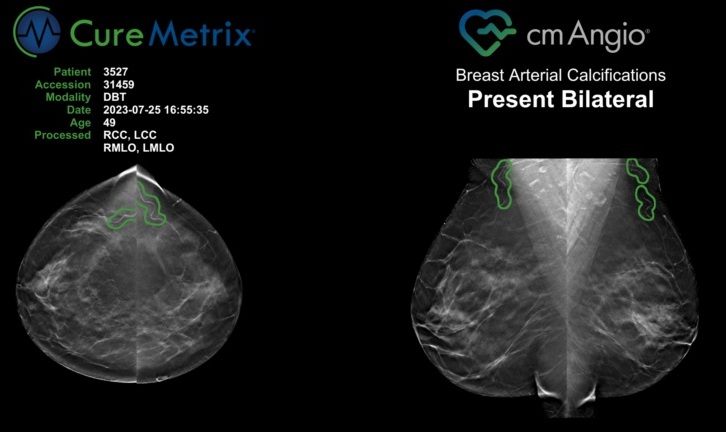New CT Scanner Improves Noninvasive Diagnosis of Children
By MedImaging International staff writers
Posted on 26 May 2010
A new computed tomography (CT) scanner provides physicians with precise images of internal organs with a single rotation of the gantry.Posted on 26 May 2010
The technology is now in operation at Stony Brook University Medical Center (SBUMC; Stony Brook, NY, USA), adding to the hospital's advanced scanner technology. The Toshiba Medical Systems (Tokyo, Japan) Aquilion One 320-detector row CT system with pediatric imaging capabilities is able to image an entire organ in a single rotation or over multiple rotations, showing real-time dynamic movement. The single rotation will result in lower doses of radiation, which is particularly important for children and teens still developing.
"That's the age group for which you want to conserve radiation exposure,” said Dr. Michael Poon, a world-renowned expert in cardiac CT and magnetic resonance imaging (MRI) and director of the Advanced Cardiovascular Imaging Program for adult and pediatric patients. Dr. Poon developed the advanced technique for diagnosing cardiovascular problems using CT scanning that exposes patients to the equivalent of just two chest X-rays.
A typical CT scan exposes patients to the radiation equivalent of 200 X-rays. Dr. Poon has performed more than 1,000 cardiac CT angiographies (CTAs) within the past year at SBUMC and used the low-dose radiation technique for the first time on two pediatric patients. "One of the kids was referred to me by a pediatric cardiologist because he suspected the patient had a congenital coronary anomaly. The only definitive noninvasive test to diagnose this condition is a cardiac CT, which he had been reluctant to use because of the radiation exposure. I was able to do the test in less than one minute, make a definitive diagnosis, and limit radiation exposure to this patient. As a result of getting the right diagnosis, we can treat this patient appropriately.”
Dr. Poon pointed out that the addition of this new CT technology will help SBUMC physicians diagnose disease more safely for infants, children, and adolescents because of the reduced radiation exposure. The technology will also help provide more flexibility in diagnosing many conditions of children and adults.
The new CT scanner will allow physicians to see not only a three-dimensional depiction of an organ, but also how the organ and blood flow are dynamically functioning or moving within and around the organ. The Aquilion ONE can perform uniquely comprehensive exams, including functional studies, that can reduce overall healthcare costs by replacing the need for multiple tests and invasive procedures, while reducing the amount of contrast material and radiation dose. Moreover, multiphase studies, such as perfusion of the brain, heart, and other organs, are possible with the system.
CT technology enables Dr. Poon and colleagues to view the entire structure of heart, the internal and external features, including the coronary vessels and structural components inside the heart, in order to diagnose cardiac disease or rule it out. The procedure is noninvasive, often leads to a definitive diagnosis, and prevents some patients from further noninvasive and invasive procedures such as nuclear stress test, cardiac catheterization, or coronary stenting.
Dr. Poon has pioneered many dose-saving methods to diagnose cardiovascular problems via CT scanning that use extremely low doses of radiation, thus greatly reducing risk of potential harmful effects from unnecessary high does or radiation exposure. Reduced radiation exposure is particularly important for younger patients and women
Dr. Poon's work with CTA, as well as other emerging, versatile, and powerful cardiac imaging technologies such as cardiac MRI and stress testing with MRI, which requires no exposure to radiation or kidney-toxic contrast agent, and takes less time to perform and complete than a conventional electrocardiogram (ECG) or nuclear stress test has been critical in diagnosing conditions ranging from congenital heart disease, ischemic heart disease, congestive heart failure, heart murmurs, to various types of vascular aneurysms and complicated cardiovascular diagnostic challenges.
Related Links:
Stony Brook University Medical Center
Toshiba Medical Systems














